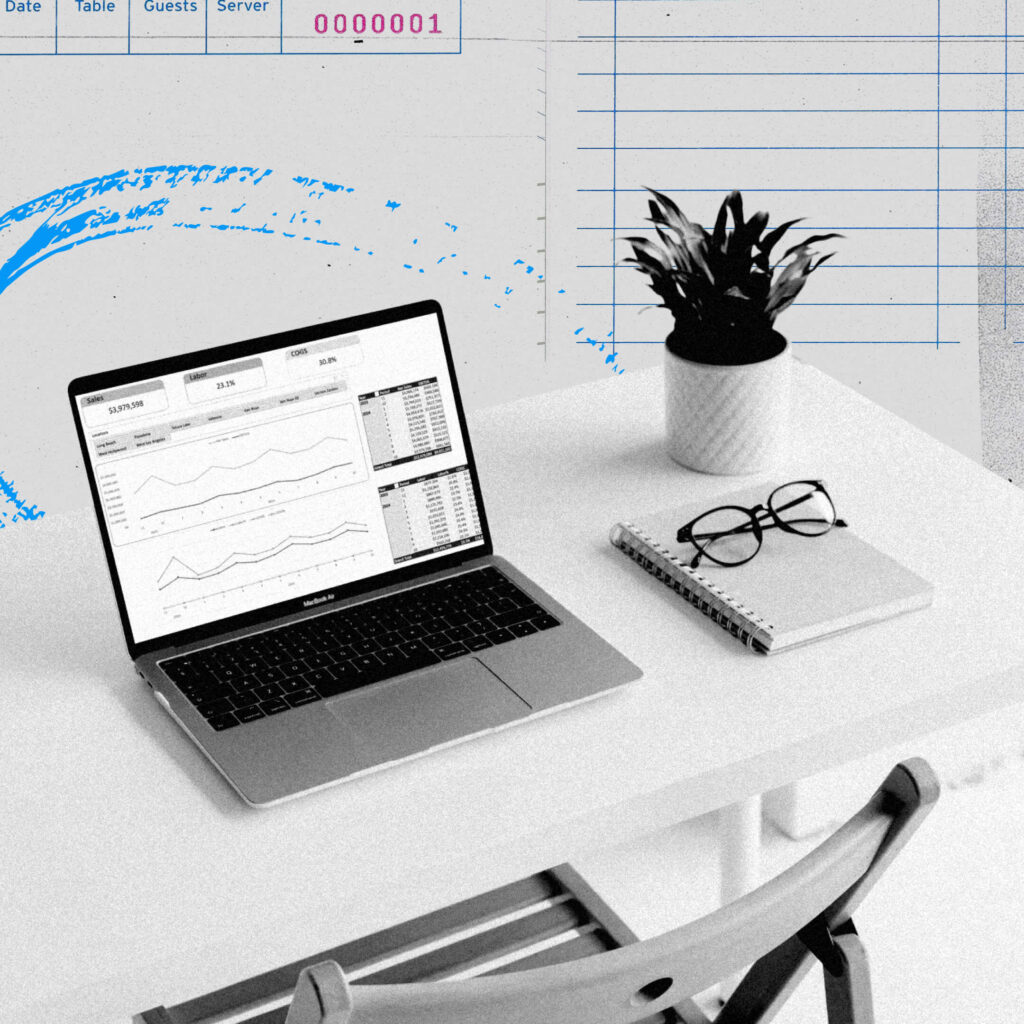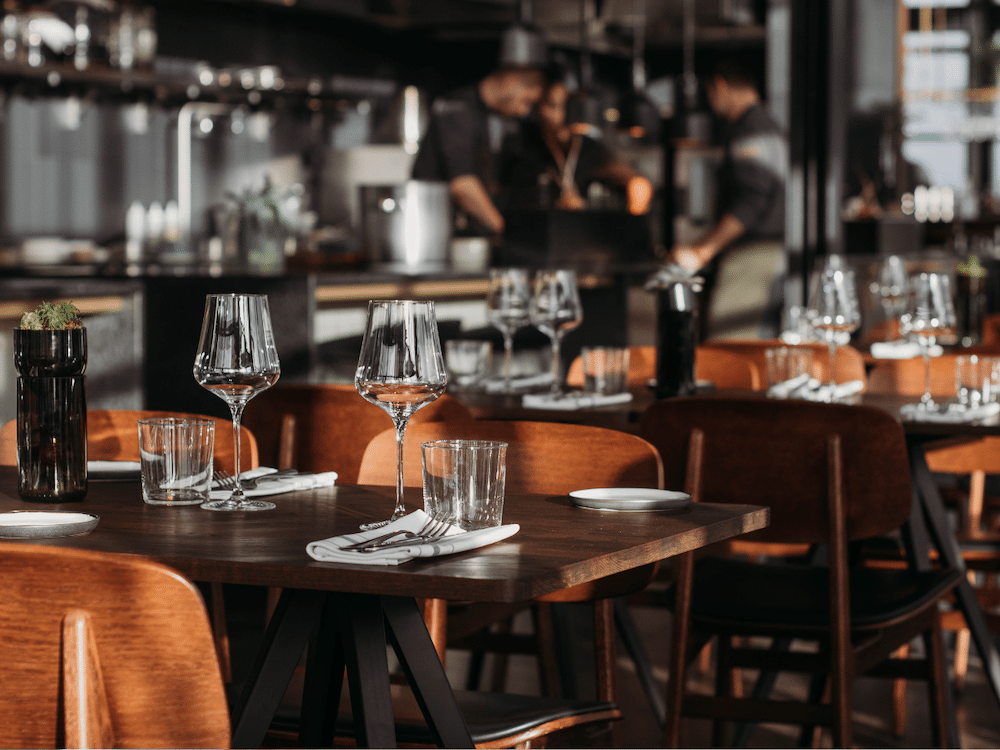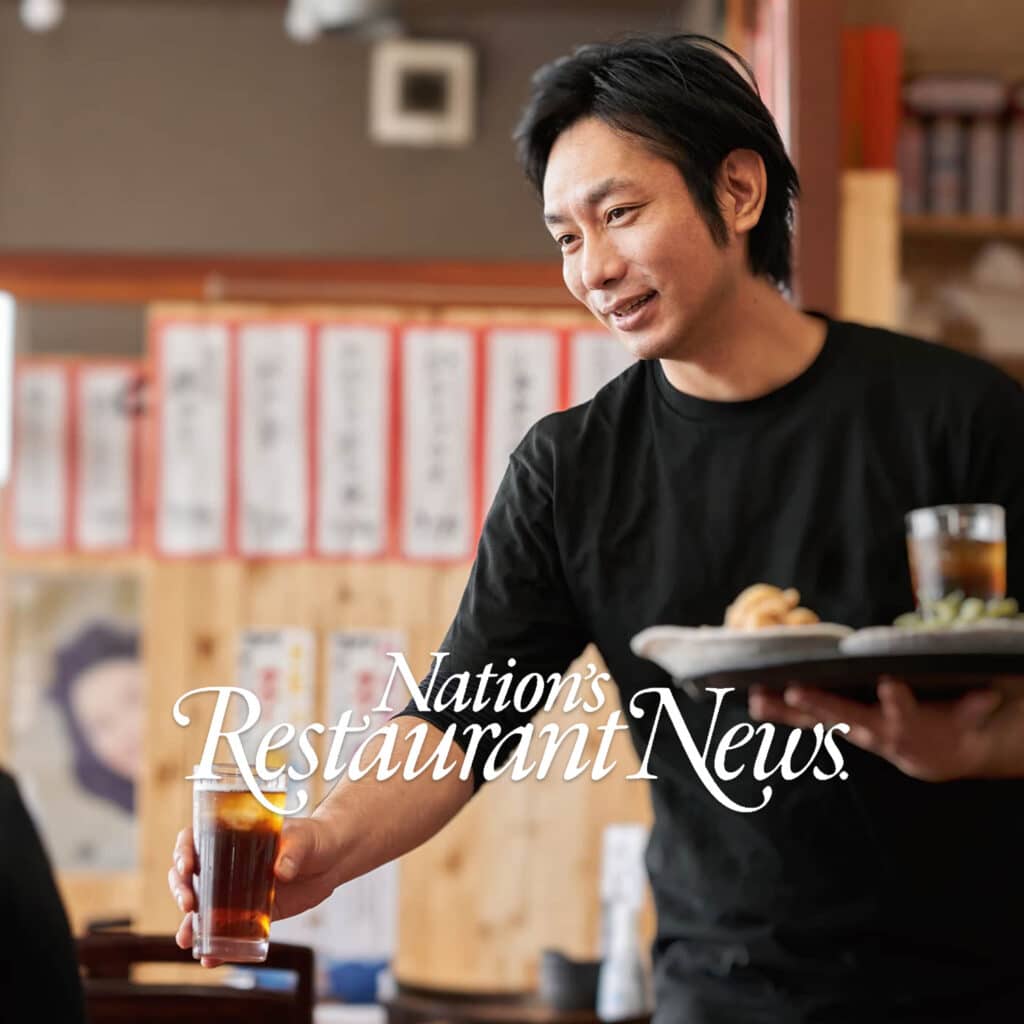As restaurant operators navigate a new set of challenges amid a lingering pandemic and beyond, many say they rely on technology to navigate and succeed today and in the future.
Many restaurants are recovering from the darkest days of the pandemic, and while new challenges are arising, there were lessons and opportunities.
“We saw a drop in our sit-down restaurants significantly because we don’t have the drive-through to drive those sales, but more recently we’ve been outperforming pre-Covid sales,” said Brandon Rojas, senior accountant for North Carolina-based Stomp, Chomp, & Roll and Burger King franchisee Golden Beach Enterprises.
For Minnesota’s Nova Restaurant Group, the pandemic’s slowdown was an opportunity to re-examine its facilities and footprint. “We remodeled one of our original restaurants in Excelsior, Minnesota, and built a new one in St. Louis Park, Minnesota,” said CFO Bruce Nelson. “We actually added to our restaurant group over the pandemic. We have in development now a pizza delivery concept that’ll open up in August and another Hazelwood Food & Drink that’ll open up in Woodbury, Minnesota in September.”
At the same time, Karen Blacik, a principal and national restaurant leader with accounting firm CliftonLarsonAllen LLP, said after helping clients through the darkest times, they began encouraging them to create budgets, use smart labor tools, and use a technology platform that offers P&Ls and other reports to understand their businesses better.
“What you need is a way to put a stake in the ground,” she said. “Then you can measure against that, and then you get better and better.”
Food and labor are the two primary areas where restaurants spend the most and usually offer the most opportunity for savings and thus increased profits.
The latter was a hot topic of discussion for restaurant operators from around the country at the National Restaurant Association’s annual show as the industry continues to struggle with staffing. Currently, total employment across the hospitality industry is still a million positions below pre-pandemic levels, according to the NRA.
“We’ve definitely been seeing the labor crisis,” Brandon Rojas noted. “We can’t get people in the door for less than $15 an hour.”
Nelson, of Millennium Restaurant Group, said the shifting tides led his organization, and others, to expand compensation packages. “I think for restaurants right now, in this labor market, it’s about coming up with not just an hour or a salary range, but also a range of benefits. Nova has added 401k, dental, and vision just came on board this year. We have paid PTO for hourly staff as well.”
With those benefits come increased labor costs and an even greater need for technology tools that allow operators to understand, forecast, and optimize their labor spend to grow profits while ensuring excellent guest experiences.
For Nick Eberhardt, owner of Agliolio in South Florida, that means using Restaurant365’s integrated scheduling tools to find that balance.
“We focus on sales per labor hour, use the labor matrix, and forecast by hour to ensure that we’re staffing right, and not overstaffing, because if you’re overstaffed and your servers aren’t making money, they’re going to leave,” he said.
Similarly, across-the-board inflation and rising food prices are forcing restaurant companies to rethink their short, medium, and long-term strategies and operations to maintain and boost margins, grow, and create unforgettable guest experiences.
“It’s been pretty extreme, and we don’t see it getting any better anytime soon,” said Lynn Van Pelt of Michigan’s Millennium Restaurant Group. While Millennium, like other restaurant groups, has seen a rebound in sales, the rising prices force them to remain vigilant. Van Pelt said some of her company’s suppliers even put them on allocation, giving priority for some ingredients to supermarkets.
The key to succeeding in this unprecedented era is to have a unified system that provides accurate, detailed, and up-to-date insights on operational costs.
“The primary thing for our business was having actual visibility into our actual versus theoretical costs and being able to drill into our top 10 items and bring down the Cost of Goods Sold for the company,” said Massimo Mallozzi, VP of Information Technology for Paris Baguette.
But having that visibility is only possible with robust inventory, which requires two things. First is an integrated platform that allows teams to take accurate inventory on mobile devices without the risk of repetition. Second is leadership that encourages consistent inventory-taking and micro-inventories that look at the top 20% of items that generally make up about 80% of cost.
“With our old system, it used to take me a month to get reports done, but with the menu price analysis report, it’s a button push, and as far as managing food costs it helps us see who, store-to-store, has the magic recipe and is most successful in purchasing,” said Nora Bilheimer, accounting operations manager for HM Restaurant Group.
As operators continue to work to grow, the accuracy and functionality of an integrated, restaurant-specific platform provides not only the ability to run the business day-to-day, but a reliable way to spot challenges and opportunities as they arise and the agility to act on them before the door is shut or the problem grows too large.
Restaurant365 is all-in-on Restaurant Enterprise Management platform that incorporates accounting, inventory, scheduling, operations, payroll+HR, and reporting within one cloud-based platform. R365 integrates with your POS system, vendors, and bank.



